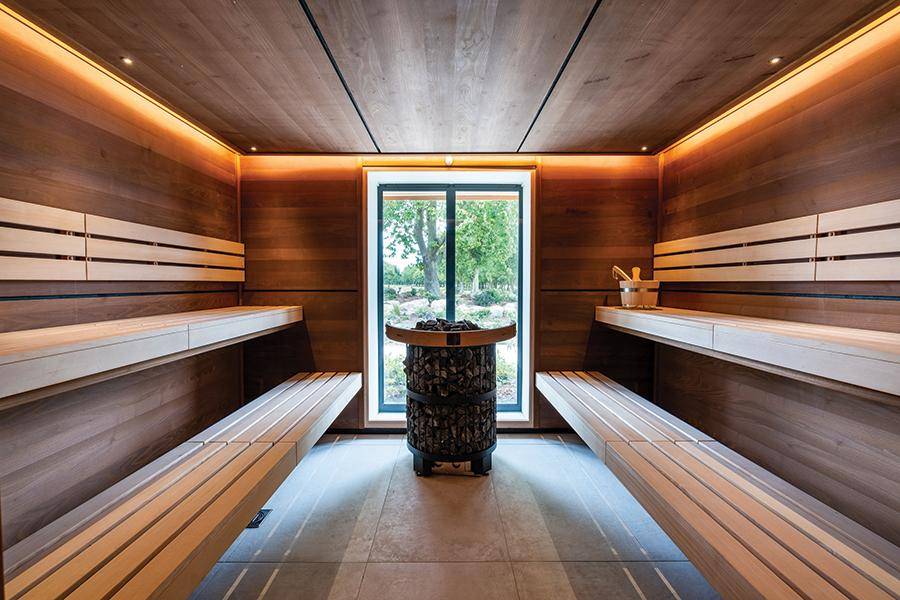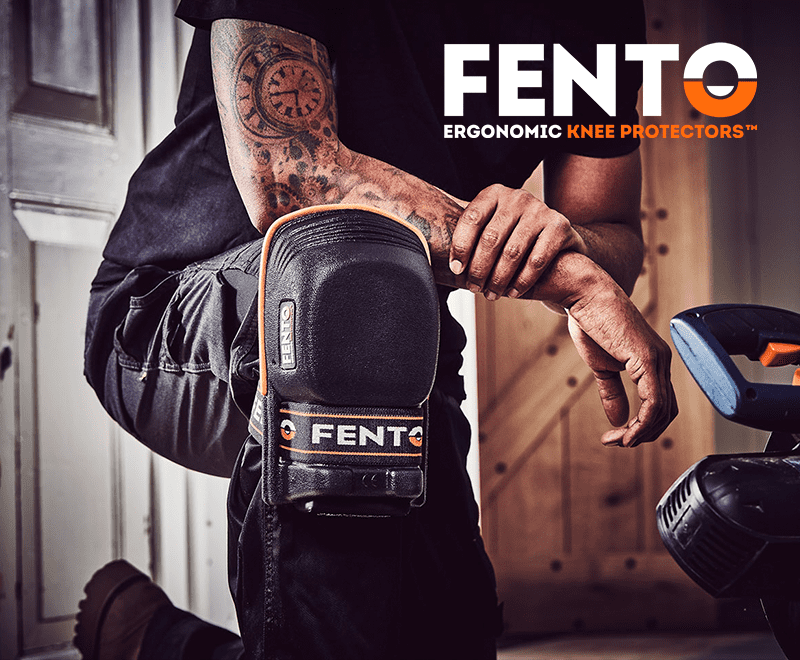The days of anti-slip tiles equating to utilitarian beige tiles in the local leisure centre are thankfully long gone. Cameron Fraser, director of Ceramique Internationale, looks at how the sector has developed and how specifiers need to approach tiling in potentially slippery areas.
Whether it’s an upmarket spa, a garden hot tub, or a multi-generational shower room, anti-slip tiles are non-negotiable in wet areas.
But now, thanks to the technology that has been developing in recent years, that no longer means sacrificing aesthetics. In fact, you would barely know you are walking on an anti-slip tile at all.
Traditionally produced with heavier texturing to create the required grip, anti-slip tiles were also notoriously difficult to clean and maintain. But advancements in production have transformed the sector, resulting in smoother, glazed porcelain tiles that perfectly replicate natural stone, wood and other materials that are totally safe for wet areas.
The anti-slip glaze technology, which started to emerge in 2019, is now prevalent among the major European factories and new collections and innovations were commonplace in sales presentations and on displays at Cersaie 2022. The new reactive glaze technologies enable smoother surfaces to be used in wet situations – when they are wet they become more grippy and therefore achieve the all-important PTV rating +36 that UK specifiers require. But, because they have a smooth glazed surface, they remain easy to clean and maintain.
Going a step further, some manufacturers, such as Marazzi, have developed their own anti-slip technology as an intrinsic property in the body of the tile, rather than just a surface treatment. The development of its StepWise technology involved modifying the material’s characteristics at every stage: from research into materials and glazes, to the type of grinding and pressing processes, through to the firing procedure.
The result is that the products have a soft-to-touch surface with no superficial roughness, while still maintaining a high degree of slip-resistance and can be used on a wide variety of designs and applications.
Anti-slip tiles were previously the domain of swimming pools and bathrooms, but many homeowners are now investing in indoor-outdoor flows to maximise use of their space, as well as installing pools or hot tubs in their gardens, all of which require tiles that will remain safe when wet, while also looking seamless from the home to the garden. Many manufacturers have responded by adding 2cm thick, anti-slip versions of their tiles to their collections, enabling designers and installers to meet their clients’ demands.
Of course, from a specification perspective there is a balance between looks, maintenance and safety. The onus is on the designer and specifier to assess the area and intended use in order to choose the most suitable range. And it’s not to say that heavily textured tiles don’t still have their place and these profiled surface tiles are still available when required.
And, indeed, there are products that can be applied retrospectively to create anti-slip surfaces – very useful for commercial situations where the floor area has become a potential hazard but removing and re-tiling would be either impossible or very costly.
In essence, anti-slip technology has come a long way and now safety and sumptuous tiles can go hand in hand, giving consumers – whether they be home owners or a luxury spa hotel – the ability to achieve whatever look they desire.








